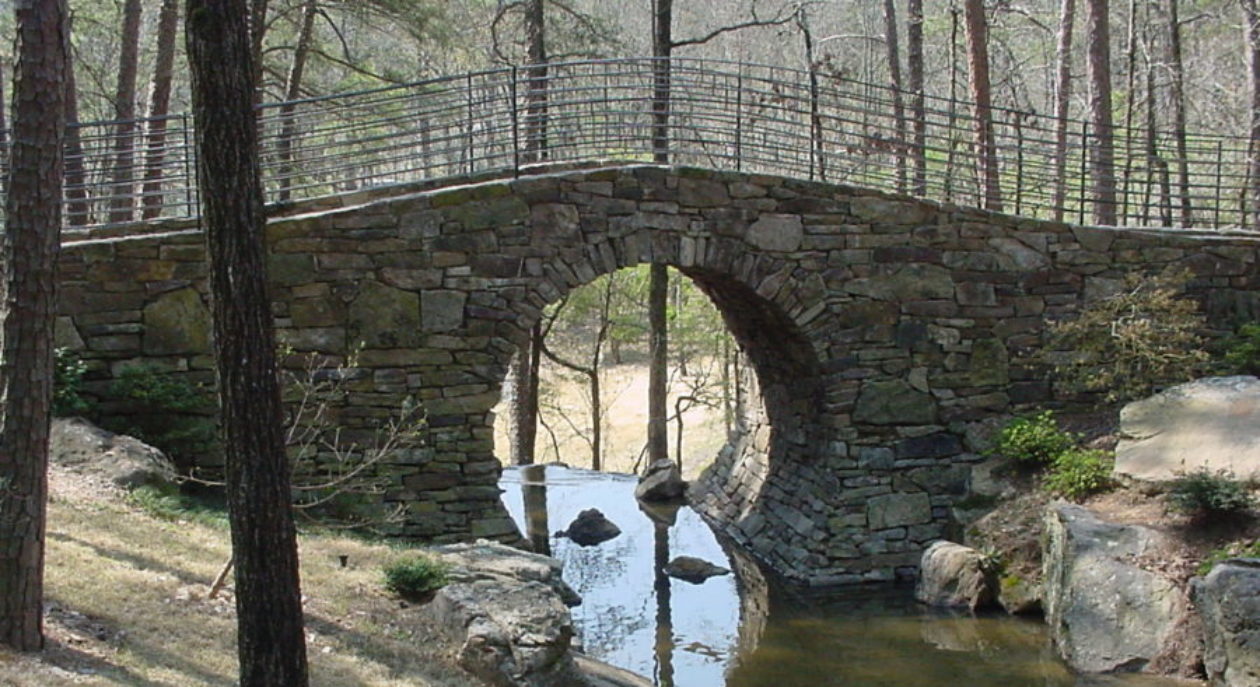Neo-Romanticism Post #4

A young composer often finds himself the recipient of a vast array of disparate musical histories and styles, and spends much of his early years on a journey of discovery that involves peeling away layers of the self, of sifting and sorting through inherited cultural detritus, thereby discovering personal preferences that become stylistic markers of his own works. The beginning composer thrills at the thought of finding and expressing something new and exciting in response to his inheritance, of developing and presenting his own unique style without sacrificing some of the best that traditionalism can offer.
Walter Simmons, the American author and musicologist, places American neo-romanticists within the broader category of Twentieth-Century Traditionalists. These composers created “significant, artistically meaningful bodies of work without abandoning traditional principles, forms and procedures.”1 The best neo-romantics inherited a very large and diverse palette from which to make musical choices. The unique and personal choices that they made partly explains the power, the diversity, and the fascination of their music. Two of the most salient neo-romantic characteristics, persistent interest in expressing heightened emotionality in fresh and new ways, and the refusal to completely abandon tonality,2 set the neo-romantic composers apart from many of their contemporaries, especially those in the modernist, atonalist, serialist camps.
Composers like Samuel Barber and William Grant Still were more likely to use lyricism and melody to express their emotionality; Ernest Bloch was more apt to use “the integration of motivic development with harmonic progression”3 to present his emotional landscapes. However, neo-romantic music is primarily accessible, tonal, listenable; rythmically and harmonically exciting and melodically memorable. A fuller understanding of Neo-Romanticism will involve a brief discussion contrasting the major differences between Classicism and Romanticism coming up in Post #5.




